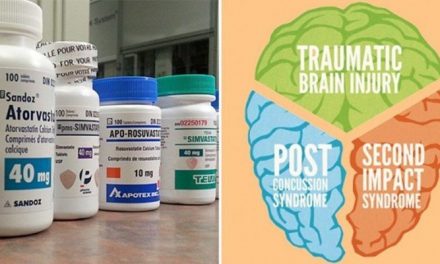In case you needed another reason not to eat at McDonald’s, here it is: an investigation by Metro in the UK has revealed that traces of feces were found on every single McDonald’s touchscreen swabbed.
RELATED STORY:
Working with the school of human sciences, swabs were taken from eight McDonald’s restaurants: Oxford Circus, Birmingham, Pigeon Park, Holloway Road, Oxford Street, Kensington High Street, Seven Sisters Road, Bethnal Green and Birmingham, Ramp.
All told, the following bacteria were found (not all bacteria were found at every site):1
- Coliforms
- Staphylococcus aureus pseudomonas
- Enterococcus faecalis
- Proteus
- Bacillus
- Klebsiella
- Listeria
- Micrococcus
- Staphylococcus
- Pseudomonas
- E. faecalis
- Enterobacter
- Bacillus
Dr. Matewele said:
“We were all surprised how much gut and faecal bacteria there was on the touchscreen machines. These cause the kind of infections that people pick up in hospitals. For instance Enterococcus faecalis is part of the flora of gastrointestinal tracts of healthy humans and other mammals. It is notorious in hospitals for causing hospital acquired infections.
Seeing Staphylococcus on these machines is worrying because it is so contagious. It starts around people’s noses, if they touch their nose with their fingers and then transfer it to the touchscreen someone else will get it, and if they have an open cut which it gets into, then it can be dangerous. There is a lot of worries at the moment that staphylococcus is becoming resistant to antibiotics. However, it is still really dangerous in places like Africa where it can cause toxic shock.
Listeria is another rare bacterium we were shocked to find on touchscreen machines as again this can be very contagious and a problem for those with a weak immune system.
Proteus can be found in human and animal faeces. It is also widely distributed in soil. It can cause urinary tract infections and is also one of the hospital acquired infections where it may responsible for septicaemia. Klebsiella is also from the gut and mouth, they are associated with urinary tract infections, septicemia and diarrhoea. Some species can infect the respiratory tract resulting in pneumonia.”2
RELATED STORY:
As touch screen technology is used more and more in our daily lives, this study has highlighted at least one of its shortcomings; bacteria can live on a touch screen for days and days. If you choose to order your food using a touch screen its best to wash your hands before eating. (And yes, McDonald’s does clean the screens with a disinfectant but it must not have been strong enough.)
Source:












